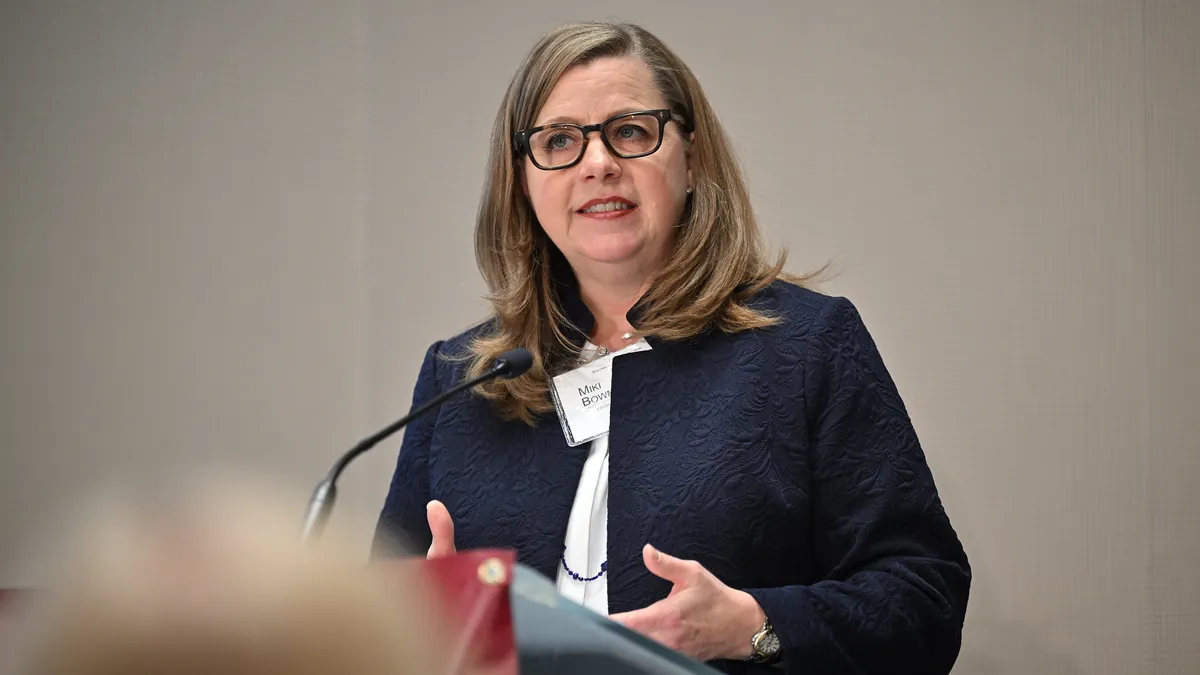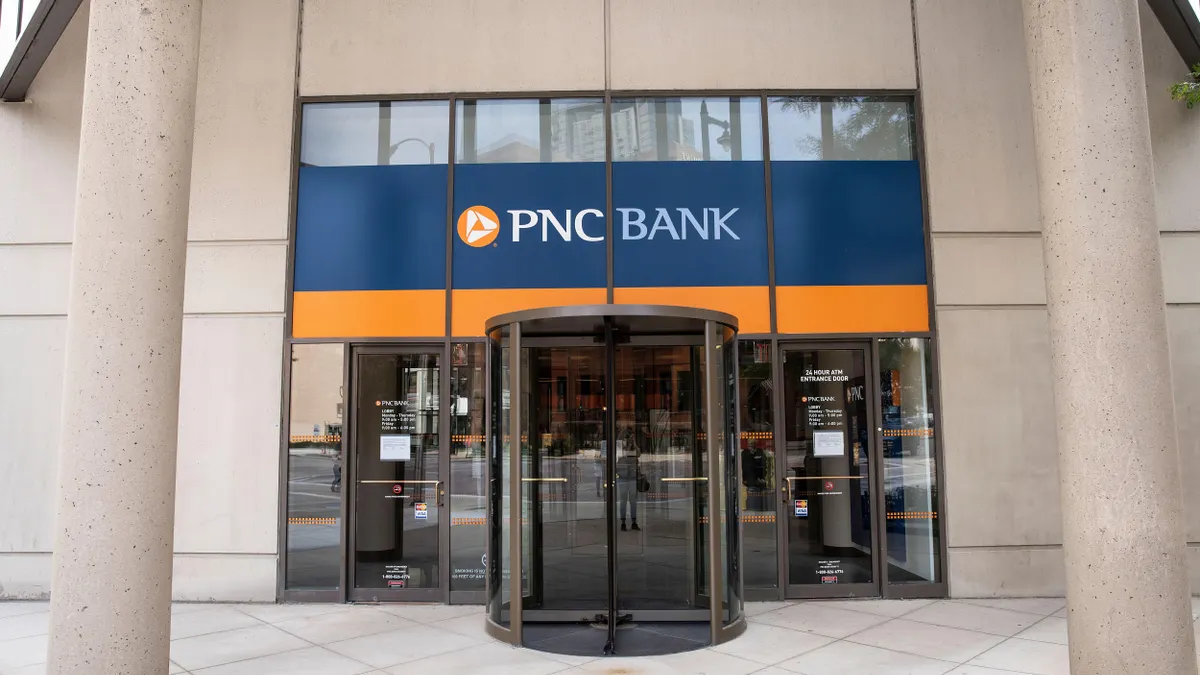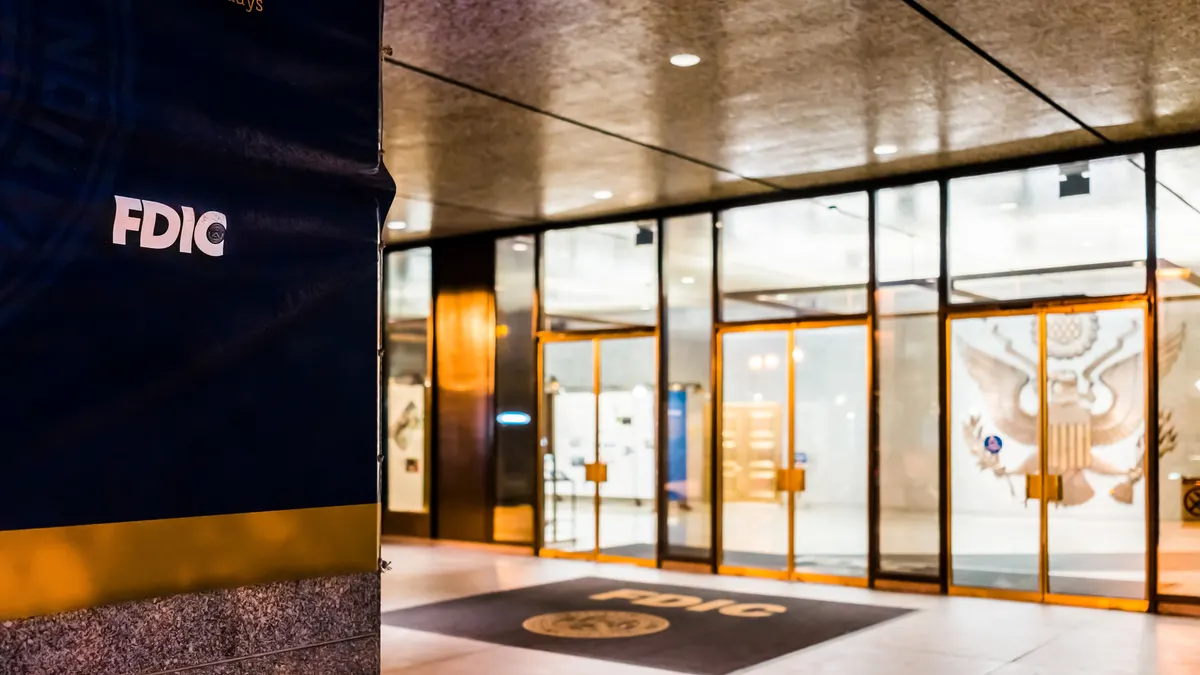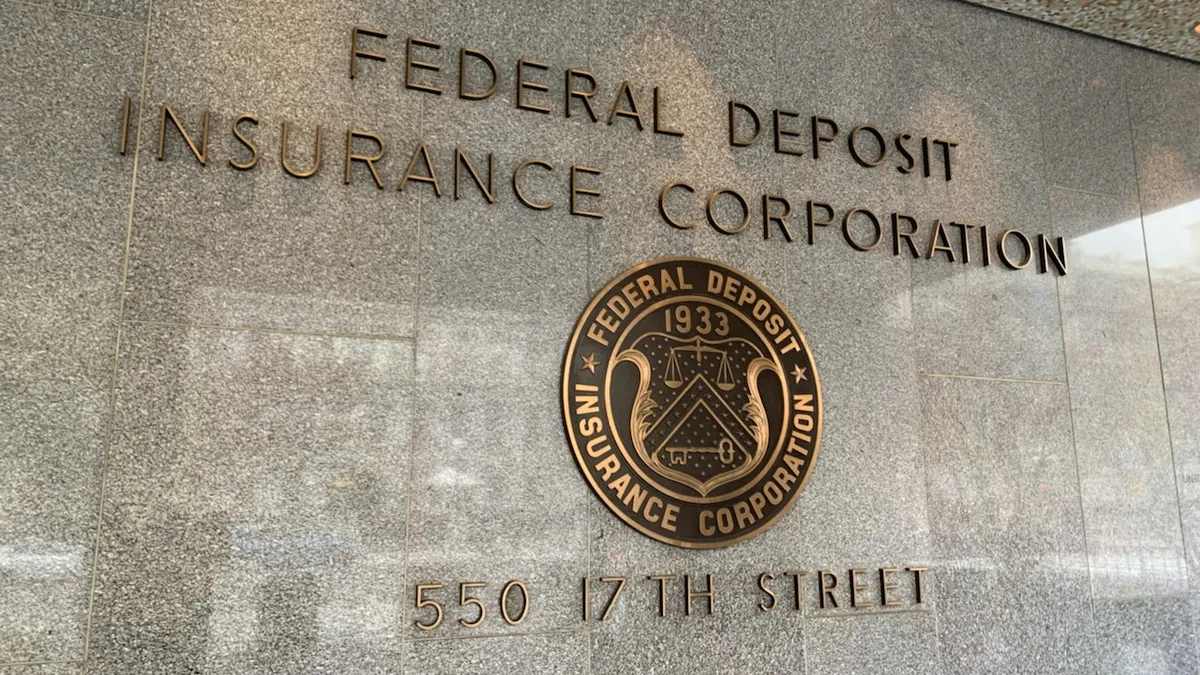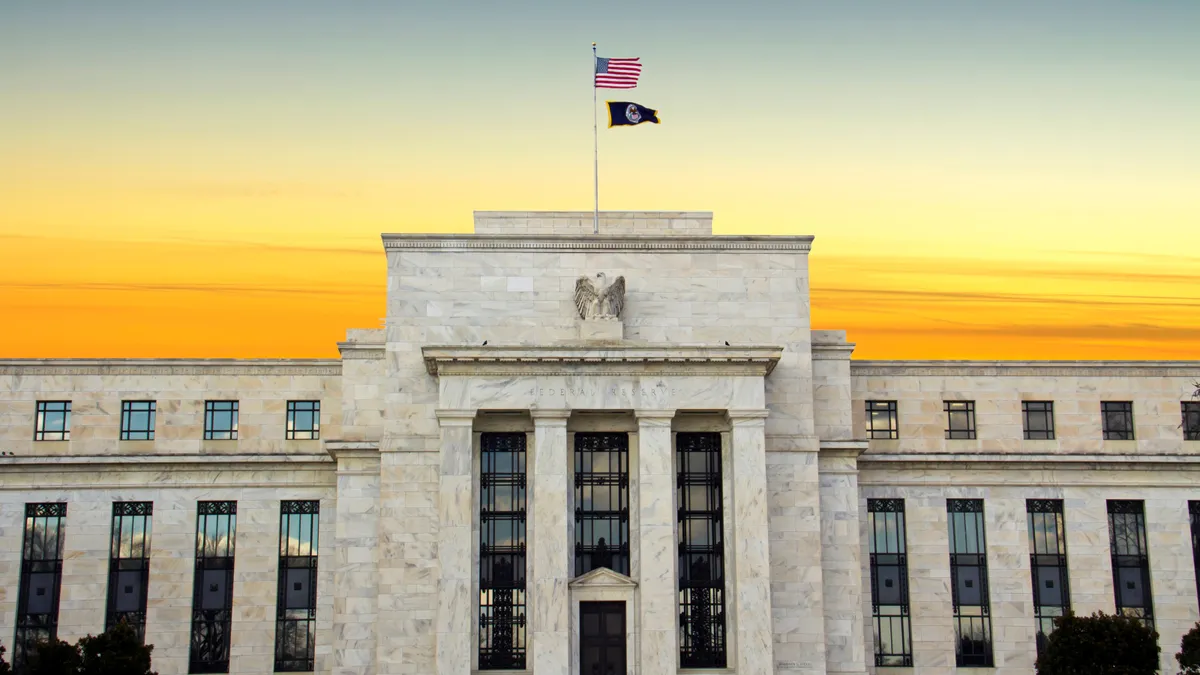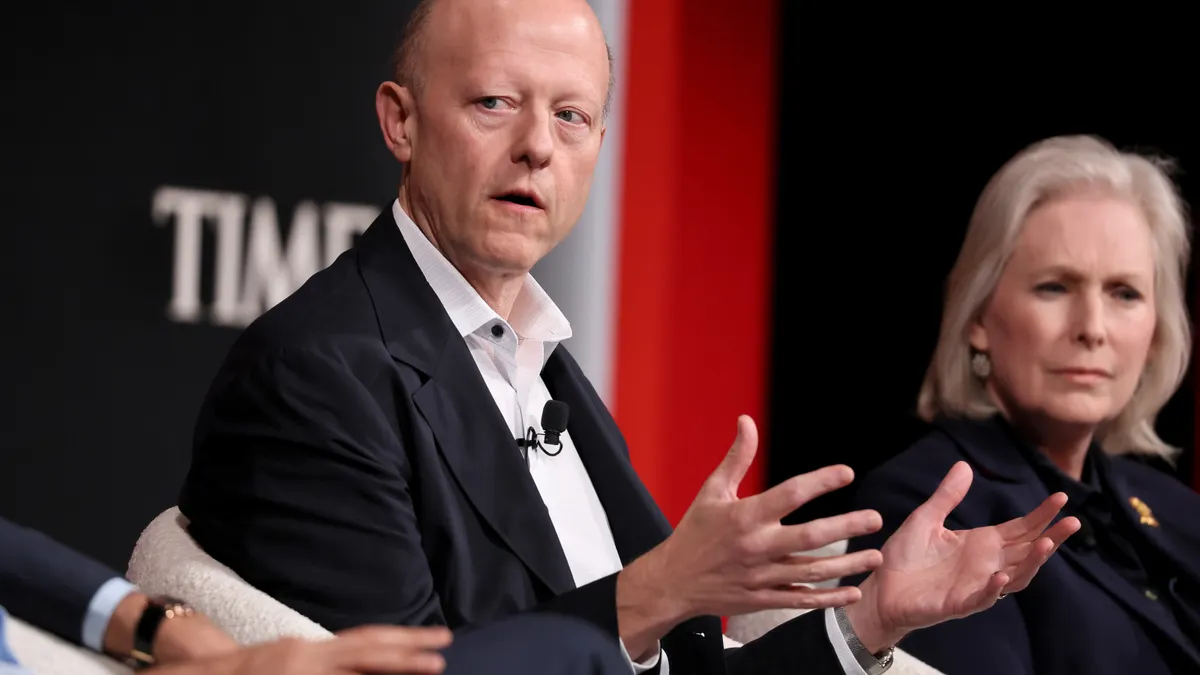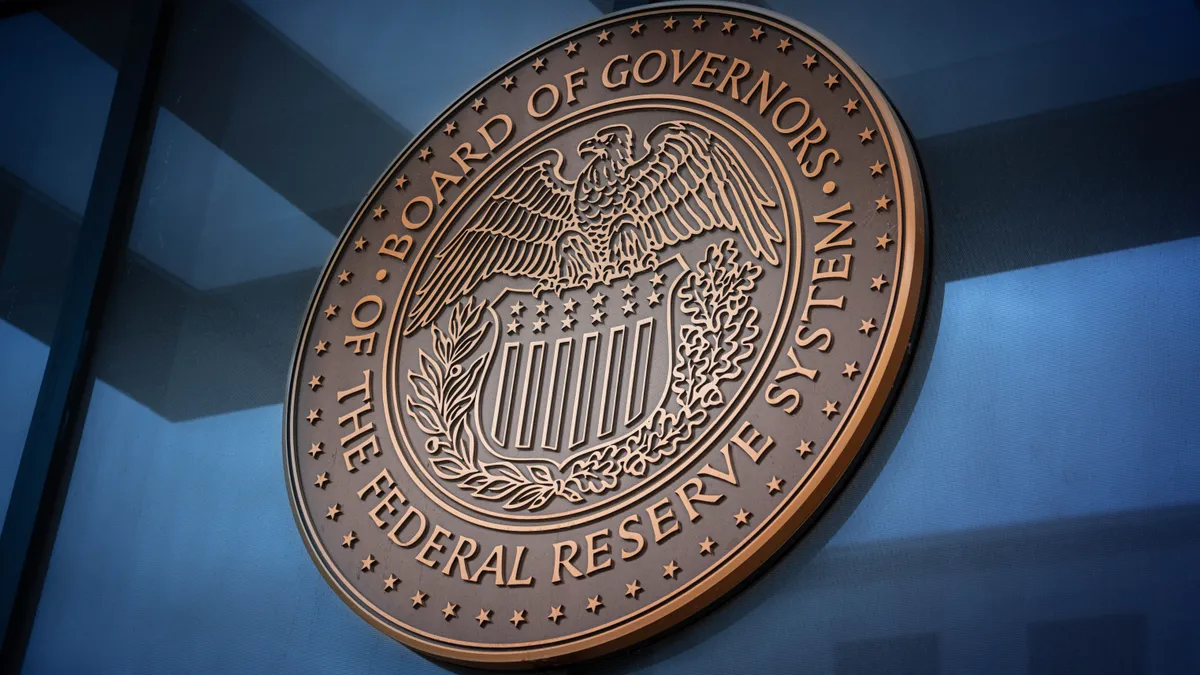In her first public speech since Michael Barr announced his resignation this week, the candidate most likely to replace him as the Federal Reserve’s vice chair for supervision pushed for a more pragmatic regulatory and supervisory approach.
Noting forthcoming leadership changes at banking agencies will likely lead to shifts in priorities and approach, Fed Gov. Michelle Bowman said Thursday she’s “optimistic that by working collaboratively to focus on our statutory mandates, the banking agencies can improve how we fulfill our responsibilities in a fair, efficient, and accountable way.”
In a speech Thursday at a California Bankers Association event, Bowman advocated for letting go of “binary thinking” that pits regulators against banks in an adversarial way and assesses individual reforms on whether they’re too tough or too lenient on banks. Banks and regulators typically have a shared goal of a “safe, sound, and effective” system, she said.
It’s important for regulators to strike the right balance in promoting safety and soundness while not stifling economic activity, Bowman said.
“We must approach the task of bank regulation with an understanding and appreciation of these trade-offs, coupled with an affirmative acknowledgment that the banking system is an important driver of business formation, economic expansion and opportunity,” she said.
Bowman zeroed in on three areas of focus: prioritizing safety and soundness, a renewed commitment to regulatory tailoring and increasing transparency.
She critiqued the regulatory response to the 2023 collapse of Silicon Valley Bank, contending “many of these proposals have targeted concerns well beyond remediating issues identified during the 2023 banking stress but have been justified in a generic way — at least in part — as a ‘response’ to the failure of SVB.”
Regulators should first clearly identify a problem, determine whether proposed solutions are within an agency’s statutory authorities, and then outline how a proposed reform would address that problem, Bowman emphasized. “One pragmatic change would be to prioritize safety and soundness and deprioritize matters that are not essential to — or that are tangential to — our statutory obligations,” she said.
Additionally, proposals to hike capital or long-term debt requirements have reduced regulatory tailoring, and coupled with other potential reforms, there could be unintended consequences, such as consolidation among midsize banks that struggle to comply with requirements better suited for larger banks.
“We should be cautious of these types of piecemeal regulatory proposals and instead think more holistically about the aggregate impacts as part of our process,” Bowman said.
She also pointed to an erosion of risk-based approaches, “and effectively a ‘push-down’ of regulatory requirements designed and calibrated for larger firms to apply to smaller firms.”
Bowman pushed, too, for greater transparency on the part of regulators, praising the central bank for seeking public comment on changes to the stress-testing process aimed in part at improving transparency.
Transparency encourages innovation by allowing banks to understand how to engage in new activities, which is “especially important as digital assets and artificial intelligence are becoming increasingly more prevalent in the financial system,” Bowman said.
She also pointed to the transparency challenge posed by confidential supervisory information: Although it’s “appropriate” for such information to remain shielded from the public, it “becomes a barrier to banks engaging in discussion with peers and other regulators to better understand supervisory expectations,” before they might be hit with enforcement actions.
There aren’t always simple solutions to bolster transparency, she said, “but regulators must also acknowledge the new world in which we operate, one in which administrative law increasingly demands greater transparency and accountability to act as a check on regulatory overreach.”
Bowman’s comments come just a few days after Barr said he will resign as the Fed’s top bank regulator Feb. 28. Barr will remain a Fed governor, and that term doesn’t expire until 2032.
Barr’s move skirted a potential legal fight after President-elect Donald Trump returns to the White House Jan. 20. Because there are no current vacancies on the Fed board, Trump must choose a current Fed governor as the next vice chair for supervision. Trump said this week his choice to replace Barr would be named soon.
Bowman and Fed Gov. Christopher Waller are both Trump-appointees, but Bowman has been widely viewed as Barr’s likely replacement, in part because of her bank supervisory experience. At the time of her 2018 appointment to the Fed board, she was the state banking commissioner of Kansas.
She’s also taken an opposing stance on much of what Barr has prioritized during his tenure. Last year, she called out the “frenzy of regulatory reform activity” in the banking industry over the past two years.


